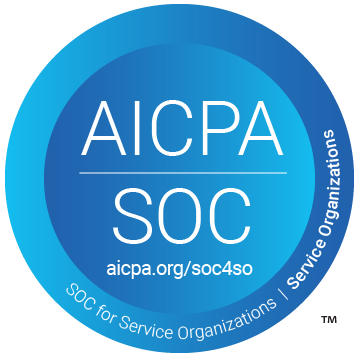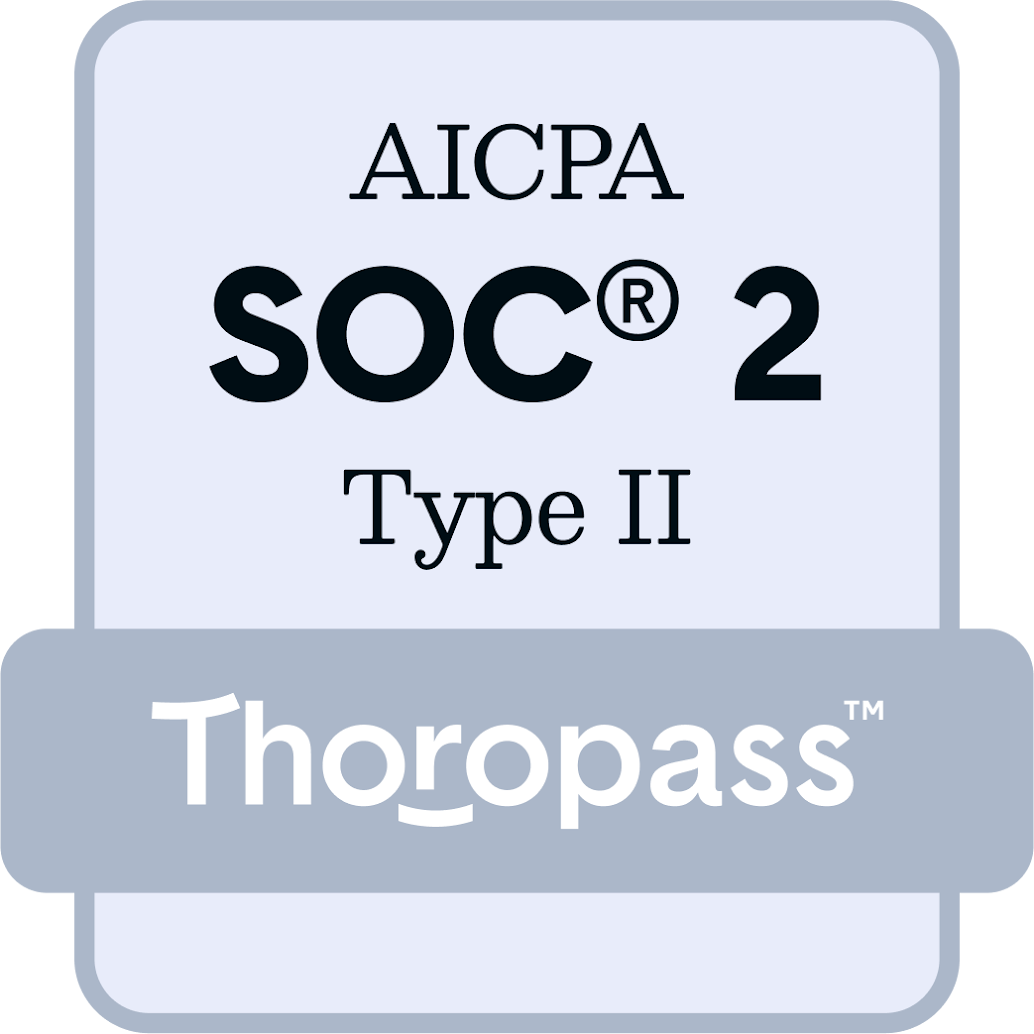Equilar Institute
Resources
Shareholder Engagement: Adapting to a New Era of Investor Relations
August 3, 2016
Over the last several years, companies have come under increased scrutiny from shareholders regarding
many aspects of corporate governance including executive pay, performance incentives, buybacks, board
composition and more. In connection with these trends, the number of shareholder activism campaigns
launched grew to
approximately 400 in 2015. Though not all investors are activists, all shareholder
concerns should be taken seriously
as a matter of corporate risk.
Companies have responded in kind. Since 2011, the number of S&P 500 companies disclosing shareholder
engagement in their proxy statements has doubled. The figure is even more pronounced looking at the
S&P 100—five years ago, just 2% of the S&P 100 disclosed shareholder engagement, which increased to
55% in 2015.
The increased level in shareholder engagement can be attributed to various reasons, not the least
of which being executive compensation regulations resulting from Dodd-Frank in 2010, in particular
the mandate of an annual shareholder advisory vote on executive compensation—also known as Say on
Pay. Coupled with a consistent
rise in executive pay, shareholders
are now much more attuned to how well compensation is aligned with overall company performance.
Compensation-related topics are only a small piece of what shareholders are examining. Shareholder
proposals and activist campaigns can run the gamut of
social, environmental, board management, shareholder rights issues and more, all of which
require a response from company boards and management. This begs the question: What precisely does
shareholder engagement look like?
What is shareholder engagement, and how should companies approach it?
It is often assumed that engaging with shareholders is a once a year event that occurs at the annual
meeting. Shareholder engagement meetings are now required on a regular basis, and companies need to
be prepared with a thorough understanding of what investors are looking for in terms of executive
pay, boardroom diversity and other key governance issues in relation to company performance and
shareholder return.
“Shareholder engagement cannot be an ad hoc process, and everyone on your board should know the
policy/protocol of engaging with shareholders,” according to a board member speaking at Equilar and
Nasdaq’s Board Leadership Forum, having just
completed a round of engagement following a failed Say on Pay vote.
On the surface, the concept of addressing every shareholder concern seems straightforward and simple.
However, the practice is much more involved. Companies must first take an active interest in shareholder
concerns and then address potential changes by assessing the key problems and doing an audit of the
current situation, understanding what the change is that shareholders are seeking, and providing a
strategic performance improvement plan of key steps that will be taken to remediate the problem. As
governance experts recently described in an episode of the
Investors Board Performance Review,
engagements can look very different from company to company and investor to investor. Therefore,
attention to detail in each scenario is critical because there is not a one-size-fits-all response.
Ideally, companies should proactively engage with shareholders following their annual meetings and
throughout the year to put themselves on the same page as their shareholders regarding both immediate
hot-button issues and long-term strategic plans. This requires companies to have the appropriate, most
up-to-date information at their hands throughout the year so they can move forward with effective
shareholder engagement.
Equilar BoardEdge now includes the
Shareholder Engagement Report, which includes the most up-to-date data on director and
executive changes, annual proposal results, CEO and board succession plans for a company and their
peers, board policies and executive pay.
By ensuring access to the same data that investors use to evaluate companies throughout the year,
boards and management can literally be on the same page with their shareholders during engagement
meetings. For more information, visit
www.equilar.com/boardedge.html.
 Solutions
Solutions











